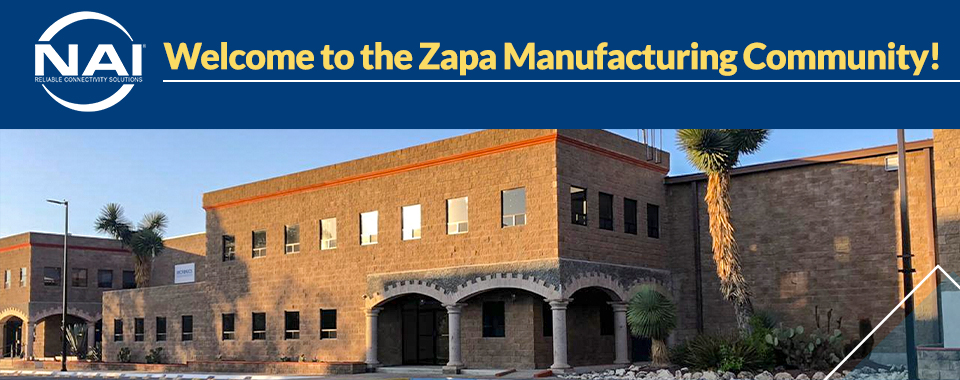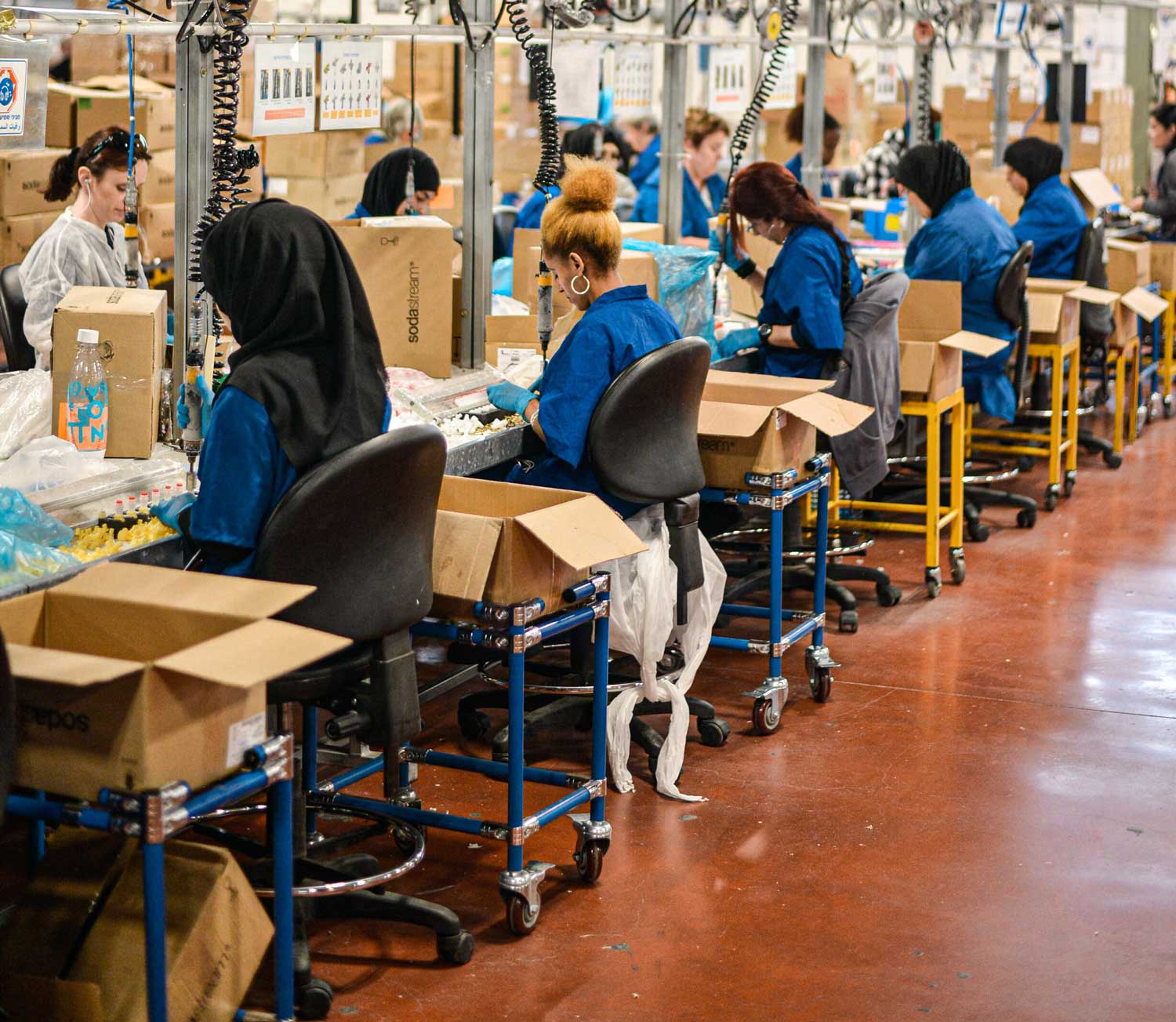Many manufacturing companies desiring to produce items that are of the highest quality but at a fraction of the cost are likely considering offshoring. This is a practice by which an organization moves some or all of its industrial operations to a foreign country in order to take advantage of favorable economic benefits that may not be found in its homeland.
This is one of the reasons why Mexico has become an country of increased interest for organizations considering offshoring. Although this practice has many opponents, the inherent business benefits certainly outweigh any negative commentary around this activity.
Mexico, in particular, has aggressively positioned itself as a direct competitor to China, which for many years, was the offshoring home to many foreign countries. That appears to no longer be the case.
"One of the statistics I recently discussed with customers is that the labor in Mexico is on par, for the first time ever, with China and that's pretty well-documented." - David Fox, vice president DHL Global Forwarding
David Fox, DHL Global Forwarding's head of business development for multinational customers, and the company's vice president, told Supply and Demand Chain Executive. "I was in Mexico earlier this year meeting with some of our automotive customers, and clearly, by visiting them, and looking at their facilities and the quality priority within their organizations, their systems and their technology, we see tremendous progress and that bodes well for the future for Mexico."
This is one of the primary reasons why many companies are aggressively expanding to Mexico, but there are others, particularly for those organizations that make the U.S. its home base. For these businesses, logistics is also a top priority.
Mexico an ideal import and export destination
Items that are manufactured or assembled in China can be costly, with much of these amounts passed along to consumers. Many of these expenses involve the import of raw materials into China's mainland and then having the finished goods exported out to their final destination where they will be sold at retail. However, manufacturing in Mexico can save a company tremendously.
According to Cerasis, a logistics company, the North American Free Trade Agreement allows goods that are made in Mexico to flow into the U.S. with little to no hassle. The reverse is also true when an organization needs to import manufacturing materials to its Mexican factory.
 From lowered labor and shipping costs, to manufacturing lead times, many companies are realizing the benefits of offshoring to Mexico.
From lowered labor and shipping costs, to manufacturing lead times, many companies are realizing the benefits of offshoring to Mexico.
Cerasis, citing data from research conducted by Contractors Bonding Insurance Company, wrote that in 2012, to ship a 40-foot tanker to the East Coast of the U.S. from China, on average, would cost a company approximately $8,000. To do the same from Mexico, the price was close to $2,500. This means that a manufacturing organization could add as much as $5,500 in revenue toward its bottom line simply by offshoring to Mexico as opposed to China, and this is just on delivery to U.S. states in the eastern part of the country.
This certainly doesn't include the fact that it typically takes about three weeks, from shore to shore, to ship items from China to the U.S., Cerasis wrote. However, in Mexico, this process can be completed in as little as 12 hours.
It is even more advantageous to have a Mexican factory if companies need to ship their wares to the West Coast of the U.S.
"It seems like it's in the news every day that we're talking about port congestion challenges in Los Angeles and how it's negatively impacting supply chains," David Fox said to Supply and Demand Chain Executive. "It's a real pain point that our customers have to deal with now, which is certainly driving a lot of companies to look to get closer to where their customer base is. If you look at the transit times in comparison from the West Coast to Asia vs. Mexico, you see the ability to reduce inventory-carrying costs is significant to manufacturing - it's an advantage to manufacture in Mexico."
Lower labor costs lead to better profit margins
In addition to export and import prices, the cost of labor also lowers the amount of revenue companies place toward the bottom line when manufacturing in China. For years, the country was known for having a highly skilled workforce with rather meager salary demands.
However, according to Bloomberg, in 2014, the country increased worker wages by as much as 10 percent in the manufacturing sector, forcing many companies to revisit their offshoring activity in the country.
Comparatively speaking, Business Insider wrote that by 2015, the cost of labor in Mexico will be 19 percent less expensive than China. Ironically, in 2000, labor costs in Mexico were 58 percent higher.
These are just a handful of reasons a company should consider offshoring to Mexico. Not only are there benefits from a profitability aspect, but a move of this kind will be a must in the coming years if a manufacturing organization wishes to remain competitive in the marketplace.
Subscribe
Sign up and stay informed with tips, updates, and best practices for manufacturing in Mexico.





